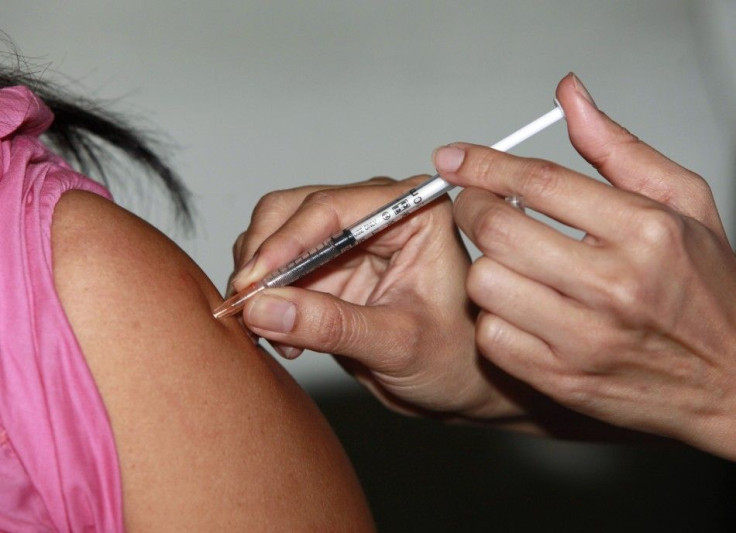Breast, Cervical Cancer a Growing Threat for Women in Developing Nations: Study

The number of women dying of breast and cervical cancer is rising in most countries, especially in poorer nations where more women are dying at a younger age, according to a new global analysis by the Institute for Health Metrics and Evaluation (IHME) at the University of Washington.
Breast cancer cases around the world have more than doubled in the last 30 years, from 641,000 cases in 1980 to 1.6 million in 2010, a pace that researchers say far exceeds the global population growth. However, during that same period deaths from breast cancer rose from 250,000 a year to 425,000 a year, a much slower increase, suggesting that screening and treatment programs that are now common in wealthier countries are having a positive impact.
In addition, the study -- published in the medical journal The Lancet -- found that cervical cancer cases increased from 378,000 in 1980 to 454,000 in 2010, with fatalities rising at almost the same pace.
Women in high-income countries like the United States and the United Kingdom are benefiting from early cancer screenings, drug therapies, and vaccines, said Dr. Rafael Lozano, a professor of global health at IHME and one of the study's co-authors. We are seeing the burden of breast and cervical cancer shifting to low-income countries in Africa and Asia.
Lozano believes the statistics indicate this is one of the early signs that chronic diseases are becoming more prevalent in developing countries.
About 65 percent of all breast cancer cases occurred in developed countries in 1980, a percentage that dropped by almost half by 2010. Now, a majority of cases are found in developing nations -- in fact, the study found that in some countries, breast cancer cases have gone up by more than 7.5 percent each year.
Meanwhile, almost 76 percent of all new cervical cancer diagnoses now occur in poorer nations, with sub-Saharan Africa alone making up more than 22 percent of all cases in 2010. Based on the current trends, researchers predict breast and cervical cancer are likely to surpass pregnancy and childbirth as some of the leading causes of death for women under 50 in developing countries.
For example, almost 40 percent of all breast cancer fatalities are in women of reproductive age, compared to only 10 percent in a majority of Europe.
Still, researchers are perplexed as to why cancer deaths are increasing among women. While a number of poorer countries are experiencing a rush of cancer cases, others, such as Rwanda and Peru, have seen the number of cancer deaths decline during the same period. This had lead researchers to believe that factors aside from the usual suspects -- such as diet and obesity -- are responsible for the trend.
This is why it is critical to build the evidence base in this area, by gathering data through expanded cancer registries and use of new techniques, such as verbal autopsies, said Dr. Christopher Murray, who is the director of the IHME. Then we will be able to answer why the progress we are seeing in some countries is not shared elsewhere.
© Copyright IBTimes 2024. All rights reserved.





















